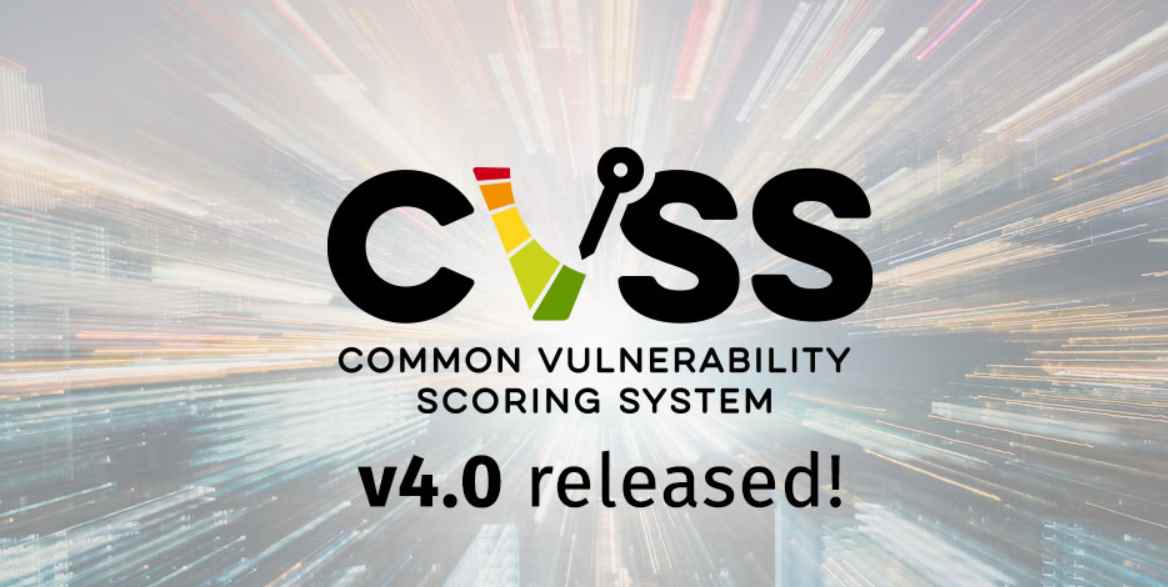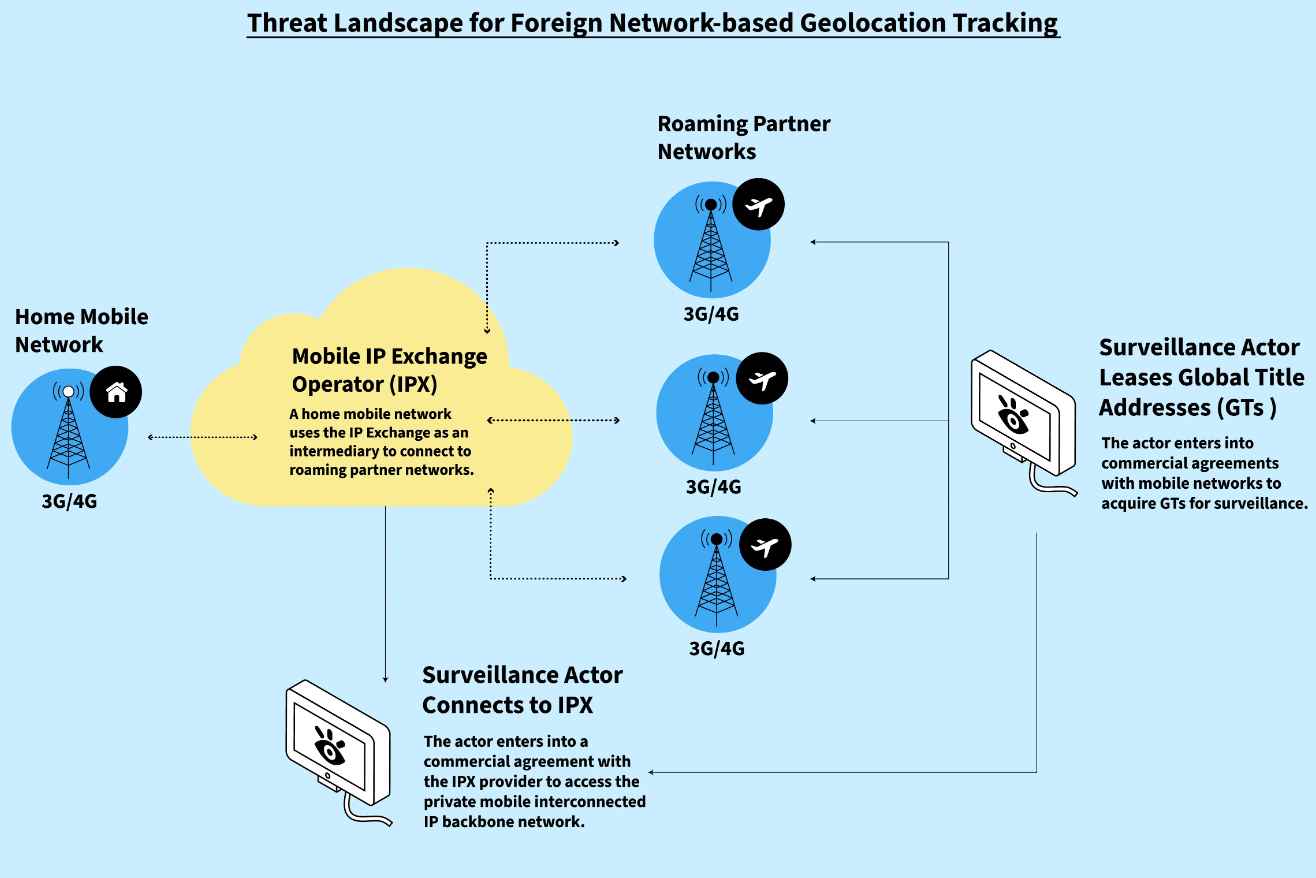Nowadays, businesses are facing continuous cyber threats and several have lost valuable data to hackers. As a fact, every business needs to keep its network safe to protect sensitive data. Amazingly, the market offers multiple security solutions to help you run your business with minimal hassle. You can either go for traditional methods or modern cutting-edge technologies like NDR. To those who are less knowledgeable about these options, choosing one can be challenging. To make informed decisions about protecting your network, it’s crucial to understand how NDR compares to other security solutions.
In this guide, we will explore the world of NDR, compare it to traditional security measures, and discuss its advantages and integration possibilities with existing security infrastructure.
Understanding NDR Security and Its Functionality
To understand the comparisons, we need to grasp what is NDR security and how it works. NDR is a proactive cybersecurity approach that detects and responds to network threats instantly. Unlike traditional security measures that primarily rely on perimeter defenses, NDR monitors network traffic, identifies anomalies, and swiftly responds to potential threats. By leveraging advanced analytics and machine learning, NDR is capable of detecting both known and unknown threats, making it a robust solution in today’s ever-evolving threat landscape.
NDR solutions typically utilize a combination of signature-based detection, behavior analysis, and threat intelligence to provide comprehensive visibility into network activities. This visibility extends beyond the traditional boundaries of the network, encompassing cloud environments, remote devices, and IoT devices.

Through continuous monitoring and analysis, NDR enables security teams to gain insights into network behavior, detect suspicious activities, and mitigate potential risks before they escalate. This proactive and holistic approach sets NDR apart from conventional security measures, offering a more dynamic and adaptive defense mechanism.
Exploring the Role of NDR in Cybersecurity
In the realm of cybersecurity, NDR plays a pivotal role in fortifying the defense posture of organizations against a myriad of threats. By continuously monitoring network traffic and analyzing patterns, NDR serves as a vigilant guardian, capable of identifying anomalies and potential indicators of compromise. This real-time visibility and threat detection are instrumental in thwarting advanced persistent threats (APTs), insider threats, and zero-day attacks that may evade traditional security controls.
Moreover, NDR’s ability to provide contextual insights into network activities empowers security teams to make informed decisions and prioritize response efforts. This contextual awareness enables rapid incident response, containment of threats, and comprehensive forensic investigations. In essence, NDR not only acts as a proactive shield against cyber threats but also as a strategic enabler for enhancing the overall cybersecurity posture of organizations.
NDR vs. Traditional Security Solutions
Understanding NDR requires comparing it with traditional security solutions to highlight its unique value. Traditional measures like firewalls, IDS, and antivirus focus on perimeter defense, preventing unauthorized access and filtering known threats. However, these solutions have limitations in detecting and responding to sophisticated threats that exploit network vulnerabilities.
In contrast, NDR takes a proactive stance by continuously monitoring network traffic, analyzing behavior patterns, and detecting anomalies indicative of potential threats. This real-time threat detection capability allows NDR to identify advanced threats, including insider threats, lateral movement within the network, and stealthy attack techniques. By extending its visibility beyond the network perimeter, NDR provides a comprehensive view of network activities, enabling security teams to detect and respond to threats that may bypass traditional security measures.
Advantages of NDR over Other Security Measures
The advantages of NDR over traditional security measures are manifold, stemming from its proactive and dynamic approach to threat detection and response. Firstly, NDR’s ability to detect both known and unknown threats, including zero-day exploits and polymorphic malware, sets it apart from signature-based security solutions. This capability is crucial in combating emerging threats that may evade traditional security controls.
Furthermore, NDR’s focus on behavior analysis and anomaly detection enables it to identify insider threats and lateral movement within the network, which are often challenging for traditional security solutions to detect. This proactive stance against insider threats is particularly significant in today’s interconnected and dynamic work environments, where the traditional network perimeter is increasingly porous.
Additionally, NDR’s scalability and adaptability make it well-suited for modern network architectures, including cloud environments and remote workforce scenarios. As organizations embrace digital transformation and distributed work models, the need for a security solution that can effectively monitor and protect diverse network environments becomes increasingly critical. NDR’s ability to seamlessly integrate with these modern network paradigms positions it as a versatile and future-ready security solution.
NDR Integration with Existing Security Infrastructure
One of the key considerations for organizations evaluating NDR is its integration with existing security infrastructure. NDR is designed to complement and enhance the efficacy of traditional security measures rather than replace them. By integrating with SIEM (Security Information and Event Management) platforms, endpoint detection and response (EDR) solutions, and threat intelligence feeds, NDR enriches the overall security posture of an organization.
The integration of NDR with existing security infrastructure fosters a synergistic relationship, where the strengths of each solution are leveraged to create a more robust defense mechanism. For instance, NDR’s real-time threat detection capabilities can provide valuable insights to SIEM platforms, enriching the correlation and analysis of security events. Similarly, the contextual visibility provided by NDR can enhance the efficacy of EDR solutions in identifying and mitigating endpoint-based threats.
The Future of NDR in Cybersecurity
As the cybersecurity landscape continues to evolve, the future of NDR holds significant promise in addressing the escalating challenges posed by sophisticated threats. The convergence of NDR with artificial intelligence (AI) and machine learning (ML) technologies is expected to further enhance its capabilities in detecting and responding to complex threats. The integration of AI-driven analytics will empower NDR to discern subtle patterns indicative of potential threats, enabling more precise and proactive threat detection.
Moreover, the proliferation of IoT devices, cloud adoption, and remote work trends necessitate a security solution that can adapt to the evolving network paradigms. NDR, with its focus on continuous monitoring and behavior analysis, is well-positioned to cater to the security needs of these dynamic environments. The agility and scalability of NDR make it a viable candidate for safeguarding modern networks against a spectrum of threats, ranging from traditional malware to sophisticated, orchestrated attacks.
Conclusion
The emergence of NDR represents a paradigm shift in cybersecurity, offering a proactive and dynamic approach to threat detection and response. By comparing NDR with traditional security measures, it becomes evident that NDR’s real-time visibility, behavior analysis, and contextual insights provide a unique vantage point in combating modern cyber threats. The advantages of NDR, including its ability to detect unknown threats, mitigate insider risks, and seamlessly integrate with existing security infrastructure, position it as a formidable ally in the cybersecurity arsenal.
As organizations navigate the complex cybersecurity landscape, embracing NDR as a complementary layer to traditional security measures can enhance their resilience against a diverse range of threats. The future of NDR holds promise in harnessing advanced technologies to fortify its capabilities and adapt to the evolving cybersecurity challenges. By staying abreast of these developments and leveraging NDR’s potential, organizations can proactively safeguard their networks and data assets in an increasingly interconnected digital ecosystem.

Working as a cyber security solutions architect, Alisa focuses on application and network security. Before joining us she held a cyber security researcher positions within a variety of cyber security start-ups. She also experience in different industry domains like finance, healthcare and consumer products.











